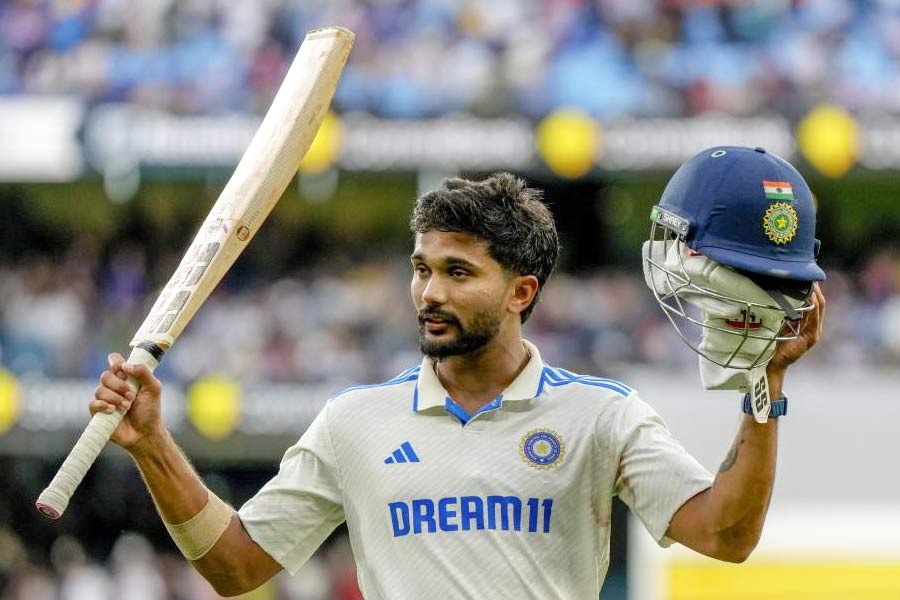Visva-Bharati mourned the demise of former Prime Minister Manmohan Singh, crediting him with paving the way for Rabindranath Tagore’s Santiniketan to receive the Unesco World Heritage tag in September last year.
Visva-Bharati authorities —past and present — said Singh, during his tenure as Prime Minister and varsity chancellor, set the wheels in motion for the global recognition.
During his speech at the Visva-Bharati convocation on December 6, 2008, Singh told the audience: “We have appointed a high-level committee under the chairmanship of Shri Gopal Krishna Gandhi (then Bengal governor) with a view to restore the university to its pre-eminence in the national and international arenas and to reaffirm it as a centre of excellence.”
On the dais, he announced a special sanction of ₹95 crore to begin work to rejuvenate the varsity and protect the heritage buildings of Santiniketan.
Historian Rajat Kanta Ray, the then vice-chancellor of Visva-Bharati, recalled an instruction from the then Prime Minister during a meeting at Raj Bhavan in the presence of then governor Gandhi.
“I was summoned by the governor for a meeting with Prime Minister Singh in 2006. It still echoes in my ears that the PM told me: ‘Turn Visva-Bharati around’,” Ray told The Telegraph on Friday.
“I can say he (Singh) was the only chancellor after Jawaharlal Nehru and Indira Gandhi who wanted to redesign Santiniketan with its old glory (intact).”
Ray said he told Singh he “would try his best”.
As the country mourned the demise of Singh on Thursday, Visva-Bharati cancelled all cultural events scheduled for the last two days of Pous Mela.
In a note to the media, the university’s acting public relations officer Atig Ghosh said it would organise a special prayer on Monday in memory of its former chancellor according to the tradition of Santiniketan.
Ray said Visva-Bharati received special grants worth ₹260 crore between 2006 and 2011, during Singh’s tenure as Prime Minister.
Singh also appointed the Archaeological Survey of India to renovate all the heritage buildings of Santiniketan, including the houses of Rabindranath Tagore, said Ray.
“That was the first time the restoration of heritage buildings began in full force — be it Santiniketan Griha or the Upasana Griha (prayer hall),” Ray recalled.
An official at Visva-Bharati said had the restoration not begun then, one or two dilapidated buildings could have faced severe damage.
Singh was Visva-Bharati’s “saviour” by providing administrative and financial help, said Ray.
“He formed the high-level committee under the chairmanship of governor Gandhi that prescribed a huge overhaul in the university’s security system and infrastructure development,” said Ray.
If anyone helped turn Visva-Bharati into a modern place of learning and ensured a heritage tag for Santiniketan, it was Singh, said a university official.
During his chancellorship, the flow of funds helped the campus construct two 500-bed girls’ hostels, new buildings, and introduce integrated
science courses.
“It was the last time Visva-Bharati was considered seriously by Delhi. If any major reforms were carried out, they were done by Singh, who was the savior of Tagore’s legacy,” the official said.
He said Singh had sanctioned ₹5 crore before visiting Santiniketan for the varsity convocation in the winter of 2008, to restore Santiniketan Griha, the oldest house on the campus purchased by Rabindranath’s father Debendranath Tagore in 1862 from local zamindars.
But more than the money, it was Singh’s humility that “made him so loved”, the official said.
The Prime Minister’s security personnel had advised that his car go to the core Ashram area and drop him off in front of Santiniketan Griha, where he had to inaugurate a museum dedicated to Debendranath.
But when the varsity administration told Singh that vehicle entry was restricted in the core Ashram area, he immediately got off the car and walked the distance, accompanied by his wife Gursharan Kaur and governor Gandhi.











